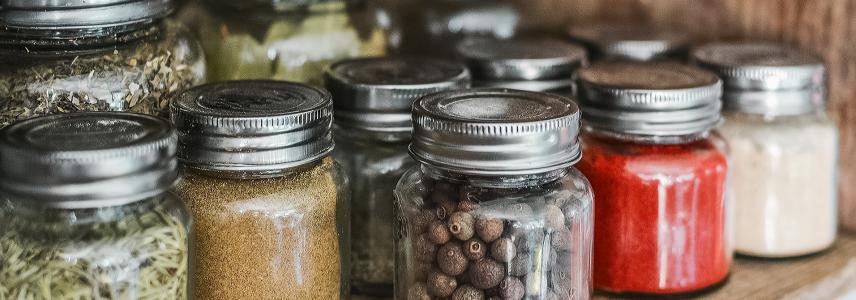Growing awareness of allergens in spices and herbs

People with food-related allergies and intolerances need to rely on making safe choices. Among spices and herbs, celery and mustard are the only 2 labelled as allergens by the European Union Labelling Directive. Still, not all other spices and herbs may be safe to use by people with food allergies and intolerances.
The contamination process
Contamination with allergens can happen at any stage of the supply chain. At primary production, seed contamination can happen. In this case, cereals, seeds or other allergens contaminate the seeds for sowing. This happens when spices and herbs grow near allergenic plants. Seed contamination can also be due to crop rotation or the wind. During the export process, allergen contamination can happen via transport or packaging. It also happens when spices and herbs are mixed, and not all the ingredients are listed.
Allergen prevention assessments and standards
Recent cases of contamination have inspired the industry to deliver spices and herbs free from allergen. The most recent developments and initiatives include checks, standards and prevention.
The European Spices Association (ESA) has published the Allergen Risk Assessment Model for Dried Herbs and Spices. ESA strongly advises spices and herbs companies to follow this guideline. ESA has also published a practical tool, the Risk Assessment Model Calculator. This tool aims to prevent allergen contamination. It is based on the Voluntary Incidental Trace Allergen Labelling (VITAL) initiative from the Allergen Bureau in Australia. Companies can follow the VITAL 1 standard on a voluntary basis.
Measures to prevent contamination inside spice processing factories
European companies use advanced laboratory analysis methods to detect allergens. Examples are the Enzyme-Linked ImmunoSorbent Assay (ELISA) or the Polymerase Chain Reaction (PCR). They regularly perform cleaning, sampling, and allergen-testing of their spices and herbs. They separate the spice processing and packaging facilities from other ingredients. This reduces the risk of contamination.
More information
Some European companies are using an allergen list that is not part of the European Labelling Directive. This list includes coriander, among other things. To stay up to date on the spices and herbs sector, you may want to read the following publications:
- our study on European buyer requirements
- our product-specific studies
Soon, CBI will also publish 2 new market studies on thyme and coriander.
This news article was written for CBI by Autentika Global.
Stay informed
To stay informed on the latest developments in the spices and herbs sector, make sure to subscribe to our newsletter.